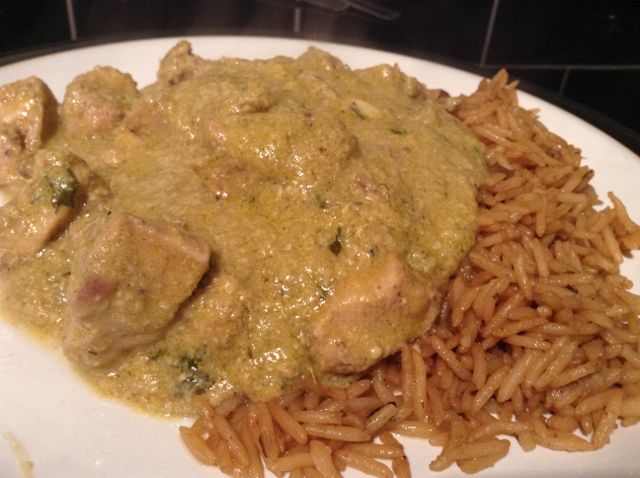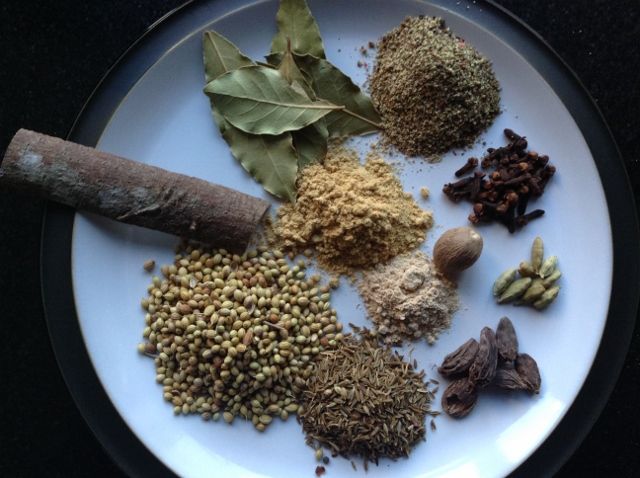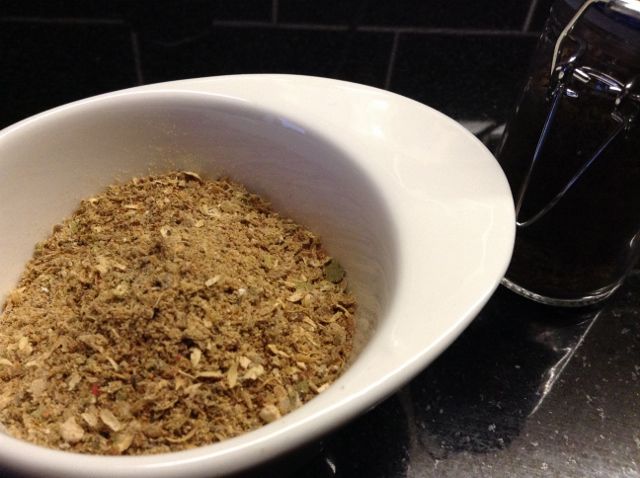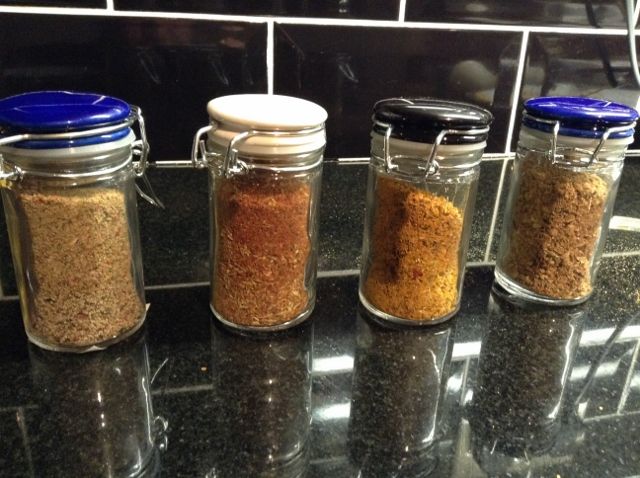1. A good base sauce
2. Marinate in spice and cook
3. Finishing touches
A couple of things to make in advance...
Garlic and ginger paste (if using)
Just blitz equal amounts of these in a blender to a smooth paste. You can add a little water to loosen if needed. Store this in jars in the freezer, or fridge if you're going to use it in a week. It's a shortcut for when you come to marinating your meat.
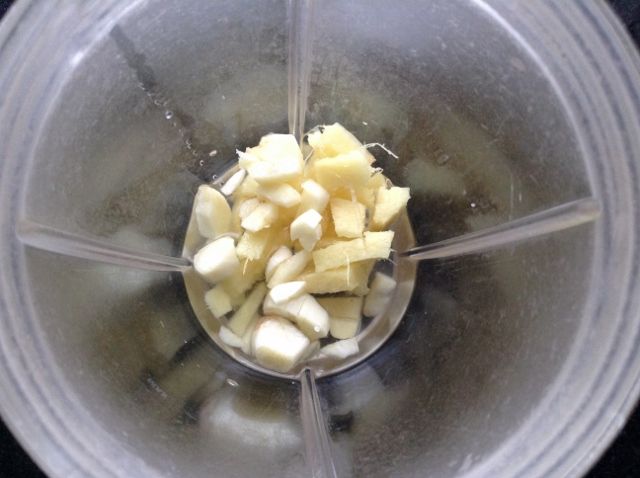
Curry powder and garam masala
See my post from 4th March
I'm going to do 2 curries: a lamb rogan josh and an almond infused chicken. Both use the same base sauce but the spice mix and finishing touches are different.
1. Base sauce
The base sauce is versatile and can be used in any of your curries. So make a big batch and make it good, then freeze it in individual portions. I'm making sauce for 2 curries here, about a litre of sauce which I'll freeze in 2 X 500ml batches.
You will need:
2 onions (big juicy white ones)
75g butter or 2-3 tbsp ghee
A stick of celery
2 carrots (or one massive one as these are pretty small)
1 tbsp chopped parsley
1 tbsp chopped coriander
2 tsp lemon juice
1 tsp brown sugar
1/2 tsp dried thyme
1/2 tsp mace
1 tsp chilli powder
2 heaped tsp of your curry powder
500ml chicken stock

Use the slow cooker for this, or a big saucepan if you don't have one. Start by cooking the onions in the butter until they've sweated down a bit.
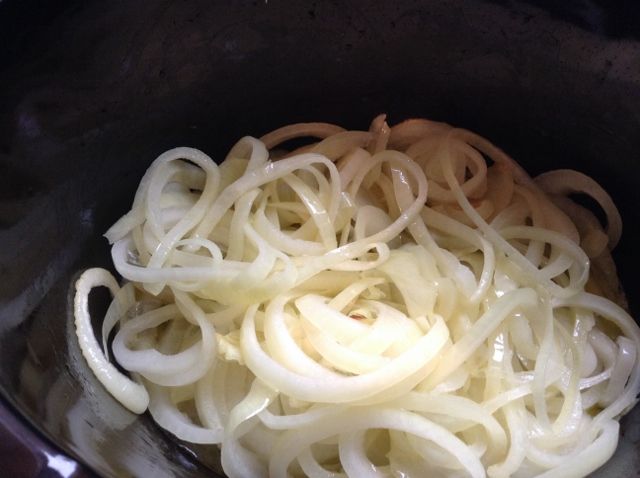
Then grate the carrot and dice the celery and add them. When they've cooked off a bit throw in the rest of the ingredients apart from the stock. Cook for another 10 minutes on a high heat and add the chicken stock.

Then turn it down to medium and leave it to simmer away for a few hours. Leave the lid off and let it reduce and thicken. The final step to your curry sauce is to blend it until smooth, after which you can decide whether it needs further thickening by reducing.

Right now you have a perfectly good sauce, just like the one you pour over your chips (you bloody heathen), but today separate it into 2 storage tubs, let it cool and freeze it.
On to the curries...
Lamb Rogan Josh
2. The spice mix and the cooking
-2 cloves of garlic
- 1 thumb sized piece of ginger
(Or 3 teaspoons of ginger and garlic paste)
- 1/2 tsp of chilli powder (more or less depending on how hot you like it)
And...
- 1/2 tsp asafoetida
- 1/2 tsp cumin seeds
- 3 cloves
- 3 cardamom pods
- 1 inch of cinnamon stick
Or...
2 tsp your home made garam masala

So if you haven't made garam masala split the cardamom pods and grind everything up in a pestle and mortar. I did all the dry ingredients first before mincing the garlic and ginger and smashing them into the ground spice. If you have made garam masala and garlic and ginger paste then just add the two together.
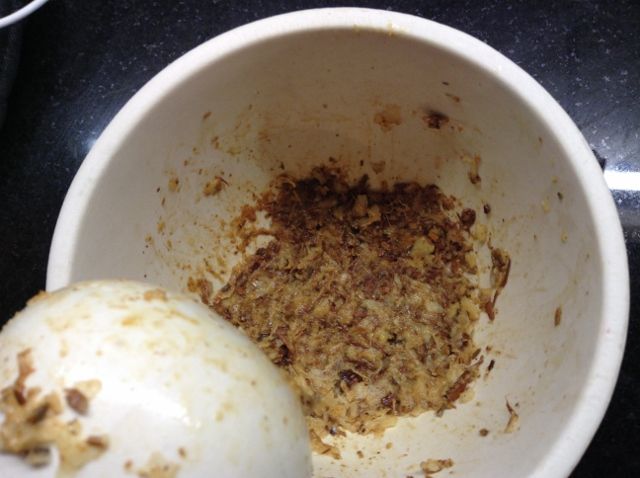
Mix in with a tablespoon of tomato purée and coat the lamb completely with the paste.

I used diced lamb leg for this, but if you're cooking for a long period of time any cut will do to be honest. Neck especially is a great cut.
3. Cooking
Seal the lamb by frying it in butter or ghee. I cooked my curry in the slow cooker so I rinsed out the hot frying pan with a little bit of water once the lamb was out and added it to the slow cooker, as I don't want to leave any of that flavour behind in the pan. If I was cooking in a pot on the stove I would seal the meat in that and just add the sauce straight in on top of it.
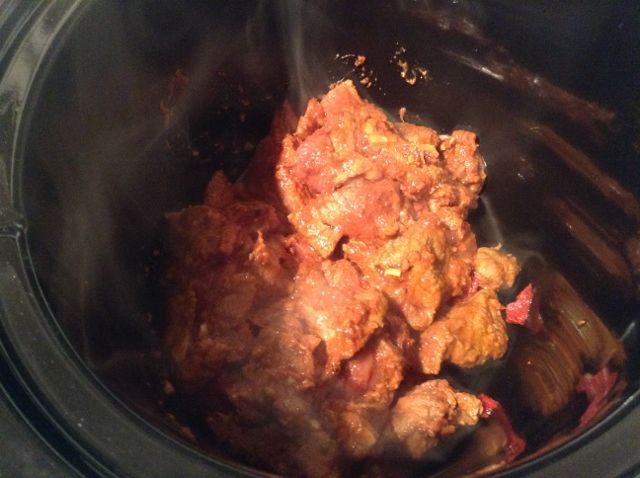
Now pour in your curry sauce and mix in another tablespoon of tomato purée. Turn the slow cooker on, walk away and wait for the house to smell amazing.
3. Finishing touches
When the lamb is falling apart tender it's time to finish this dish off. Fry some curry leaves in a little ghee and add them to the pot with some fresh chopped coriander. Stir in a spoonful of yoghurt and you're done.

Almond Infused Chicken
2. The spice mix and the cooking
Nice and simple one. You don't want to overpower the dish and that amazing base sauce and home made garam masala is going to do most of the talking.
2 tsp garam masala 1 tbsp ginger garlic paste
Cut 2 chicken breasts into cubes about an inch thick and marinade it in the garam masala and paste over the course of the day.
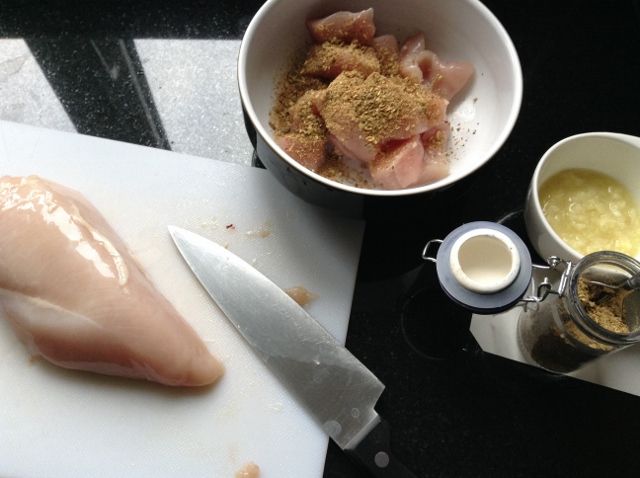
While you're at it finely chop some fresh mint and add about a tsp to 2 tbsp Greek yoghurt. That can infuse in the fridge too.
For the rest of this dish you will need:
2 tbsp ground almonds Some veg oil Butter 1/2 red onion, finely chopped 1 green chilli
Before you get started add a little water to the almonds to make a paste.
Heat 2 tbsp oil and a tbsp butter together in a big pan, add the onion and fry it until translucent. Add the chicken and all its marinate and sear it so it's white all over.
Prick holes all over the chilli with a sharp knife and throw it in. Pour in the base sauce and almond paste and bring it up to temperature before covering and turning down to a simmer.

3. Finishing touches
After 10 minutes add the yoghurt and stir with the lid off for another 10 mins.
Check to see the chicken is tender and the sauce is reduced enough then serve.
